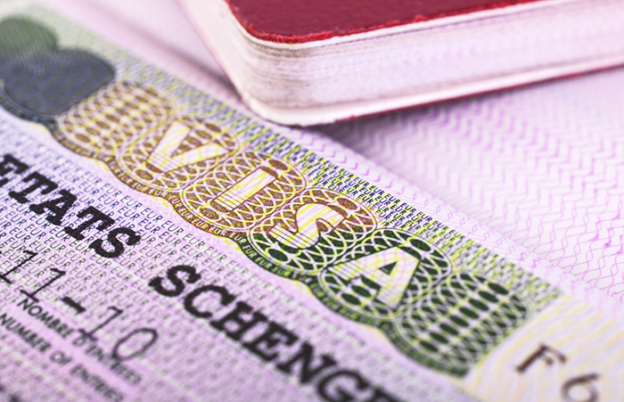
Ann Lee
By Ann Lee
On December 17, 2024, the Department of Homeland Security (DHS) announced the final implementation of the long-anticipated H-1B modernization rule. This rule, titled “Modernizing H-1B Requirements, Providing Flexibility in the F-1 Program, and Program Improvements Affecting Other Nonimmigrant Workers” will take effect on January 17, 2025.
Published in the Federal Register on December 18, 2024, this regulation builds upon earlier modernization efforts initiated in October 2023. The first phase of the H-1B overhaul, focusing on revising the H-1B lottery, “Improving the H-1B registration Selection Process and Program Integrity ”, was implemented on February 2, 2024.
With less than a month remaining in the Biden Administration, the final rule addresses significant policy and procedural changes for the H-1B program and other related visa categories. Here is a detailed breakdown of the key changes:
Changes to the H-1B Specialty Occupation Definition
- Revised Definition of Specialty Occupation: The new rule refines the definition of an H-1B “specialty occupation,” allowing a range of qualifying degree fields to meet eligibility requirements. Degree fields must directly relate to the job duties but are no longer required to be “always” necessary, as long as they are “normally” sufficient for the role.
- Policy of Deference to Prior Approvals: USCIS adjudicators are directed to defer to prior determinations of eligibility for Form I-129 petitions involving the same parties and underlying facts unless material errors, significant changes, or new information impact eligibility.
- Updated Lottery and Integrity Provisions: DHS maintains its commitment to strengthen the H-1B lottery process by enforcing measures to prevent multiple registrations by related entities.
H-1B Petitioner Requirements
- Legal Presence and Service of Process: Petitioners must demonstrate a legal presence in the U.S. and comply with service of process requirements.
- Eligibility for Beneficiary-Owners: Certain owners of petitioning entities, known as “beneficiary-owners,” may qualify for H-1B status under specific parameters. This ensures flexibility for startup founders and entrepreneurs.
- Third-Party Worksites: The rule clarifies that when H-1B workers are employed at third-party worksites, the specialty occupation determination must be based on the requirements of the third-party employer rather than the petitioner.
- Bona Fide Employment Requirements: USCIS may request contracts to verify the bona fide nature of the beneficiary’s position, but petitioners are not required to establish specific day-to-day assignments for the full duration of the petition.
- Cap-Exempt Organizations: The definition of “nonprofit research organization” and “governmental research organization” have been updated. Entities conducting research as a fundamental activity—even if not their primary mission—can qualify for exemptions from the annual H-1B cap.
Enhanced Cap-Gap Protection for F-1 Students
Cap-gap protections for individuals in F-1 OPT or STEM OPT have been extended to cover periods from October 1 to as late as April 1 of the following calendar year. This additional six months of protection allows students to maintain status and employment authorization while awaiting a change to H-1B status. The change reduces the risk of status and work authorization lapses for qualifying students.
Strengthened USCIS Site Visit Authority
DHS has codified USCIS’s authority to conduct site visits to ensure compliance with H-1B program requirements. Refusal to cooperate with site visits may lead to the denial or revocation of petitions. These measures aim to enhance oversight and combat fraud within the program.
Practical Implications for Employers
The rule’s implementation will require a new version of Form I-129 for all petitions submitted on and after January 17, 2025. Employers are encouraged to work closely with immigration counsel to understand the changes and ensure compliance with the updated requirements.
Employers should prepare for potential disruptions in H-1B case processing and adjudications as the new rule takes effect on January 17, 2025, just three days before President-Elect Donald Trump’s inauguration on January 20, 2025. Although any attempts to modify or repeal the regulation by the incoming administration would require a public notice-and-comment period, such processes could create uncertainty for employers and workers.
The final H-1B modernization rule represents a significant step in updating and streamlining U.S. employment-based immigration processes. By revising definitions, strengthening oversight, and providing greater flexibility for petitioners and beneficiaries, the rule aims to align the H-1B program with modern workforce needs while maintaining program integrity. However, the timing of the implementation amid an administrative transition may lead to uncertainties that employers should proactively address to minimize disruptions.

